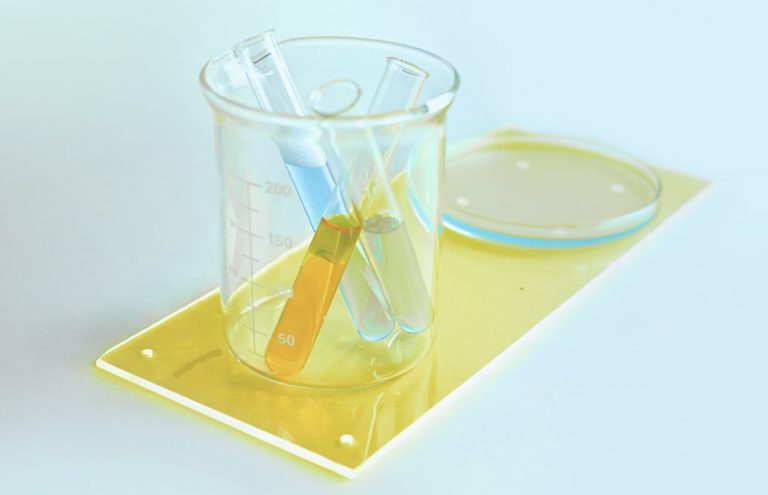Boris Johnson lied about new “rapid turnaround” coronavirus tests
During his emergency briefing on Saturday evening, the Prime Minister tried to soften the blow of a second lockdown starting on Thursday 5 November by promising the nation that soon, it would be able to get results in “10 to 15 minutes” using “rapid turnaround” coronavirus tests. Today, The Guardian revealed that the tests Johnson mentioned are actually not approved for the public to interpret themselves without an expert’s help, meaning they will not provide results in the promised 15 minutes.
Johnson announced a mass rollout of “tests that you can use yourself to tell whether or not you are infectious and get the result within 10 to 15 minutes,” which would be made available at universities and across whole cities. He added that the army would be deployed to roll out the “many millions of cheap, reliable and above all rapid turnaround tests” everywhere they were needed.
If we have to go through another lockdown, the thought of finally having easy access to COVID-19 tests that would give results in a maximum of 15 minutes made things look less bleak—for me, at least. Looking at other countries who now have things under control, testing seems to be the number one (although temporary) solution. Well, too bad for us, the UK won’t be receiving any of that.
According to The Guardian, “three of these rapid antigen tests, called lateral flow tests, have passed an assessment by Porton Down with Oxford University. The government has bought one of them. The health secretary, Matt Hancock, announced the government had signed a deal for 20 million, from the company Innova Tried and Tested, on 19 October.”
However, the Innova tests are not for people without symptoms, such as students or people simply wanting to get on a plane. They are designed for people who already have COVID symptoms. On top of that, the tests, which look like a pregnancy test, are meant to be read by a healthcare professional. The company itself states it clearly on its website that the tests analyse throat and nose swabs “from individuals who are suspected of COVID-19 by their healthcare provider, within the first five days of the onset of symptoms.”
The Prime Minister made it sound like he hopes the tests will help show the way out of the pandemic—and he almost had me too. They will be deployed in a wide range of situations, he said, “from helping women to have their partners with them in labour wards when they’re giving birth, to testing whole towns and even whole cities.”
“The army has been brought in to work on the logistics and the programme will begin in a matter of days, working with local communities, local government, public health directors and organisations of all kinds to help people discover whether or not they are infectious, and then immediately to get them to self-isolate and to stop the spread,” Johnson added during his briefing.
A matter of days will probably turn into weeks, months even. And while everyone agrees that lateral flow tests, which use either swab samples from the nose and mouth or saliva, have huge promise, the technology is still struggling to register low levels of virus. In other words, those tests may pick up people who are infected and have high virus levels and symptoms, but they tend to miss people who are asymptomatic, as many young and fit people are.
Until we reach mass testing (with the right tests), perhaps we should use this new lockdown to expand testing and fix contact tracing. Only then will we be able to contain the virus.






